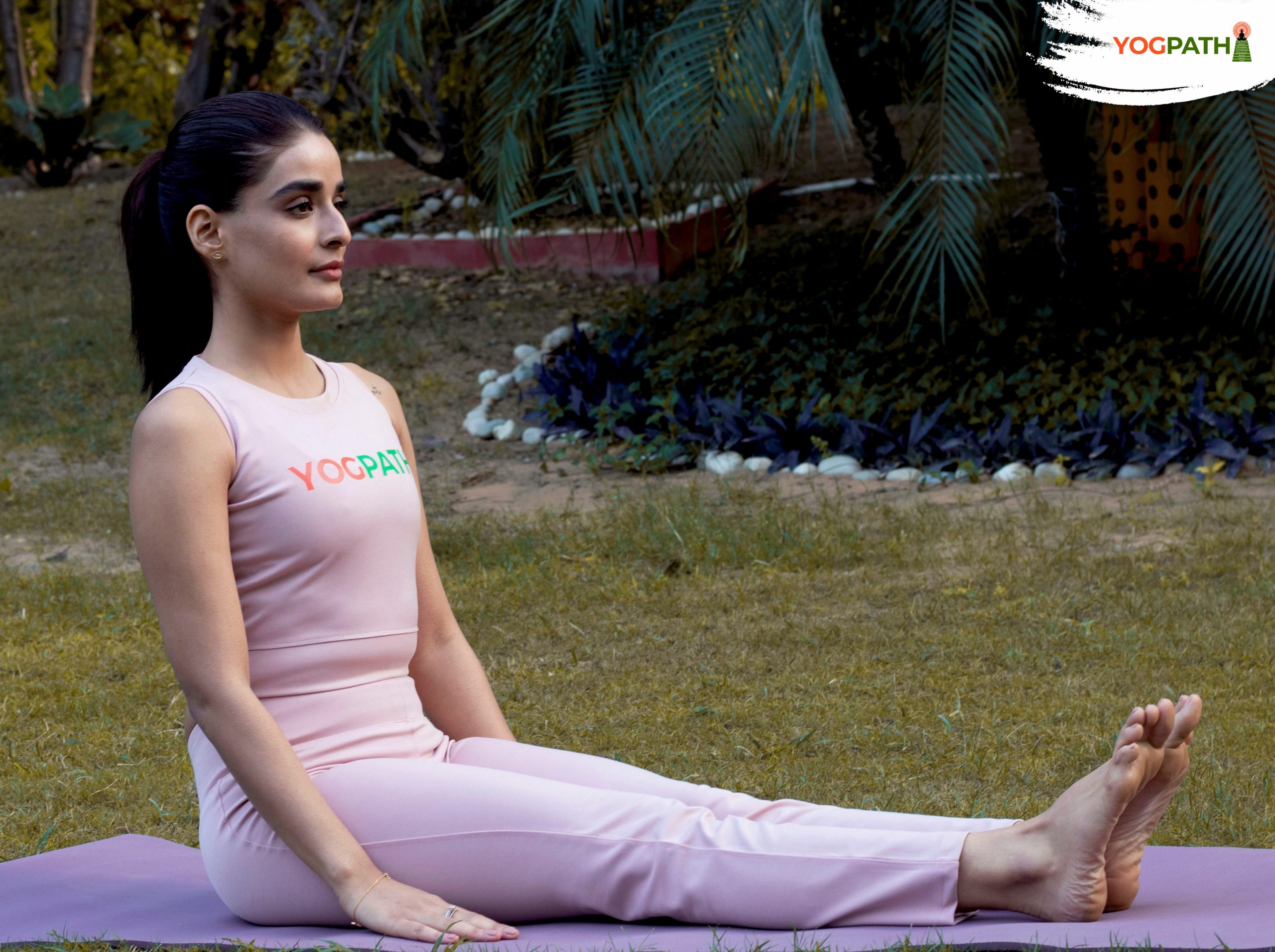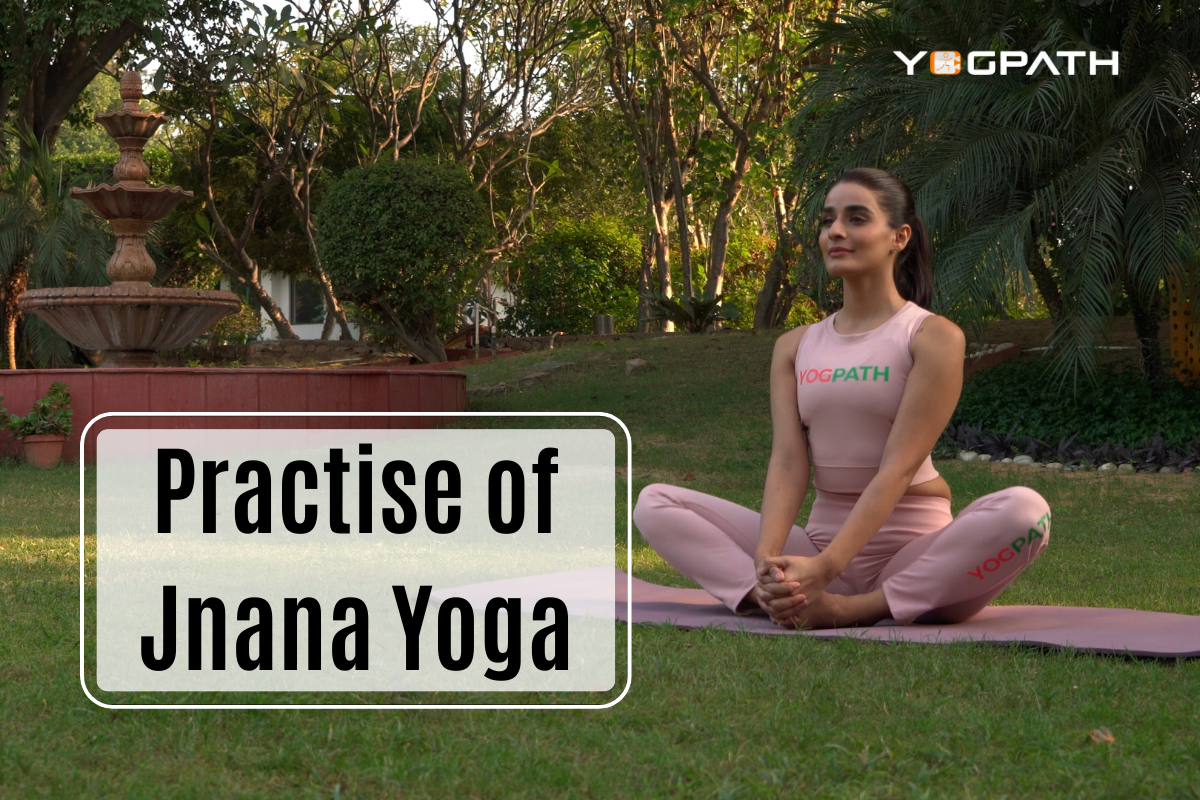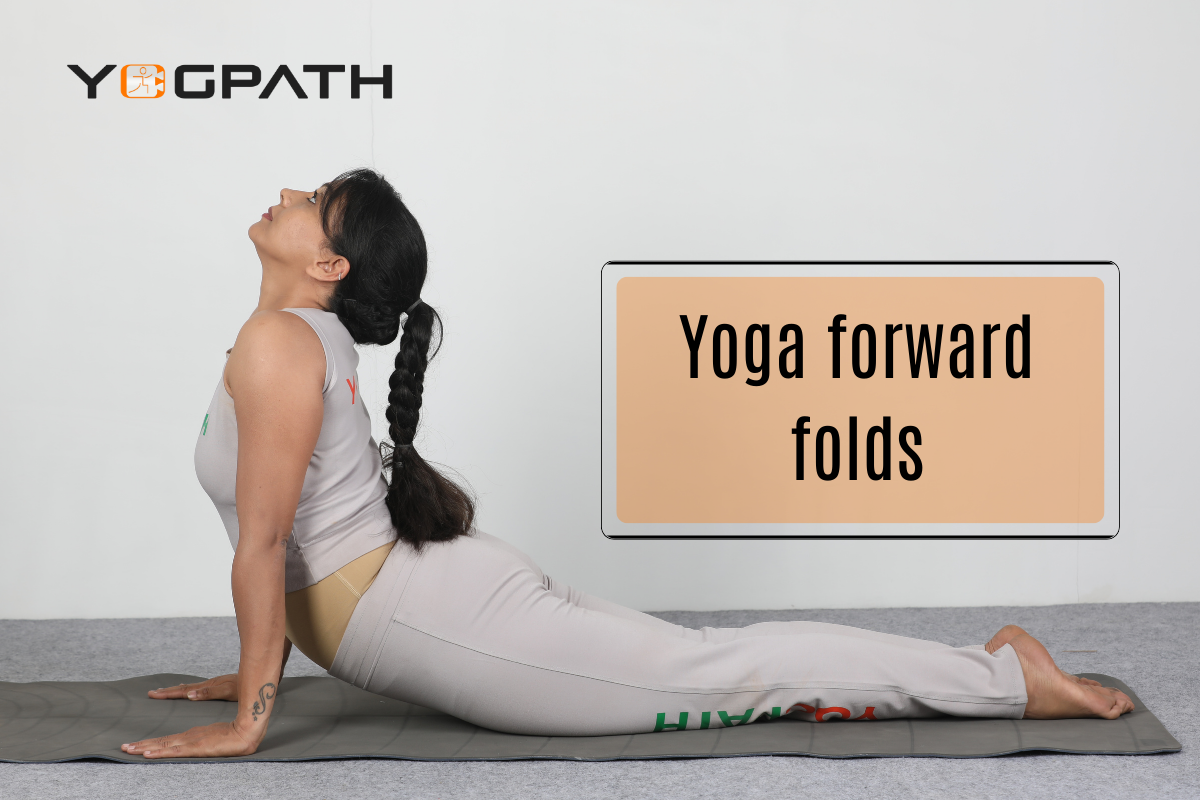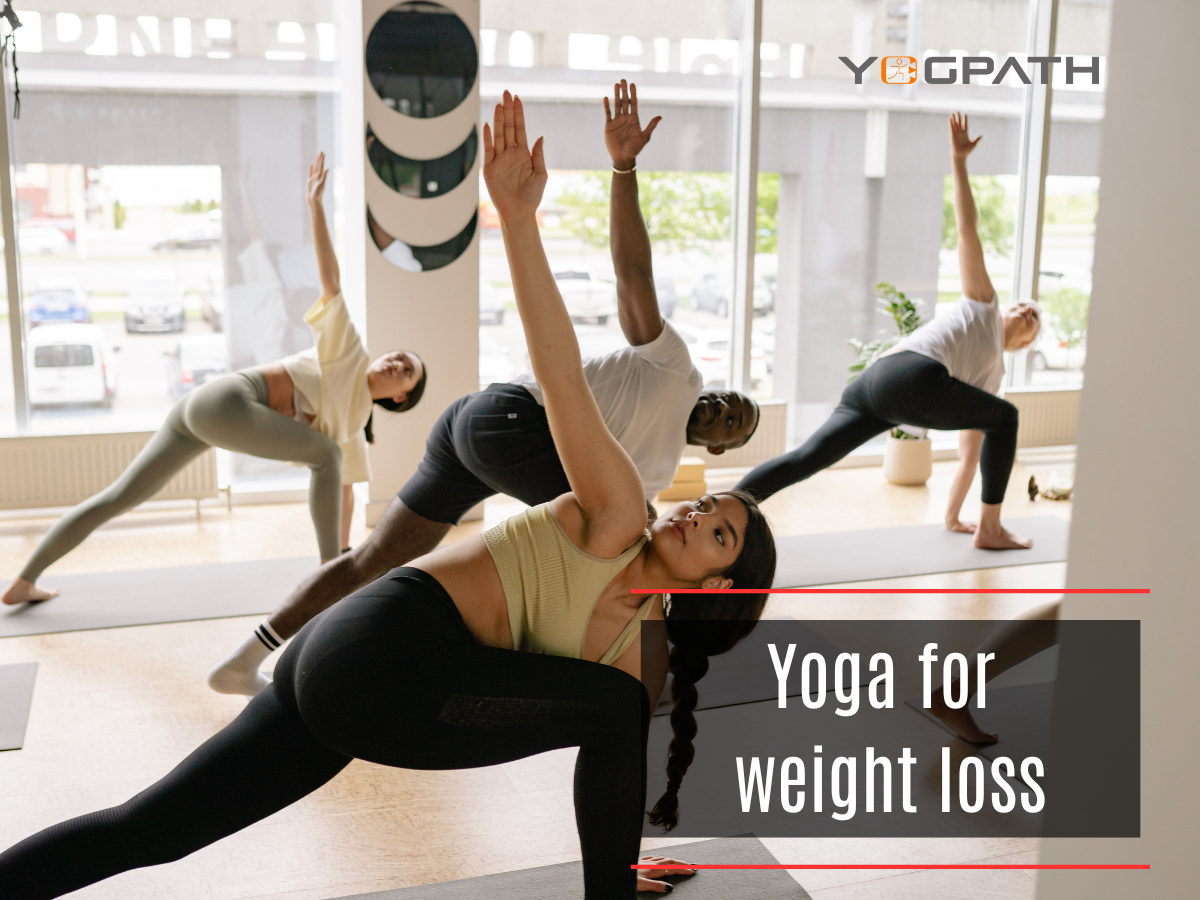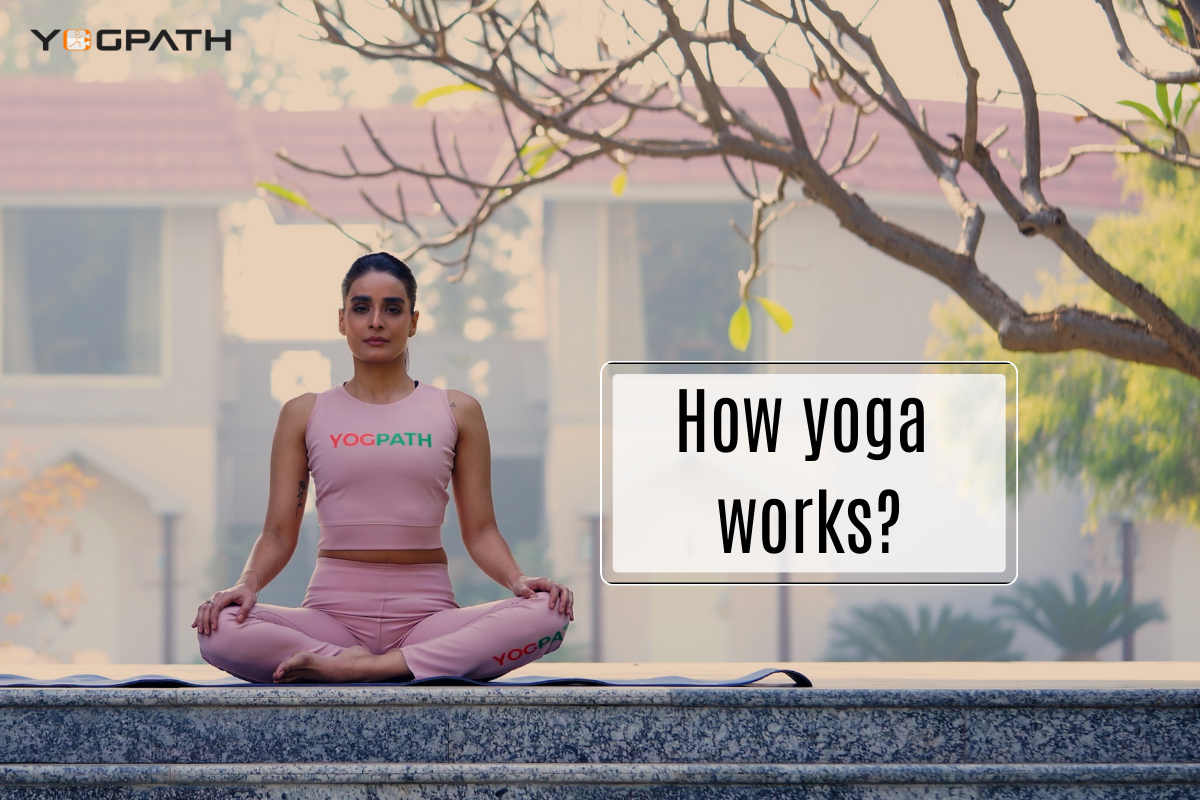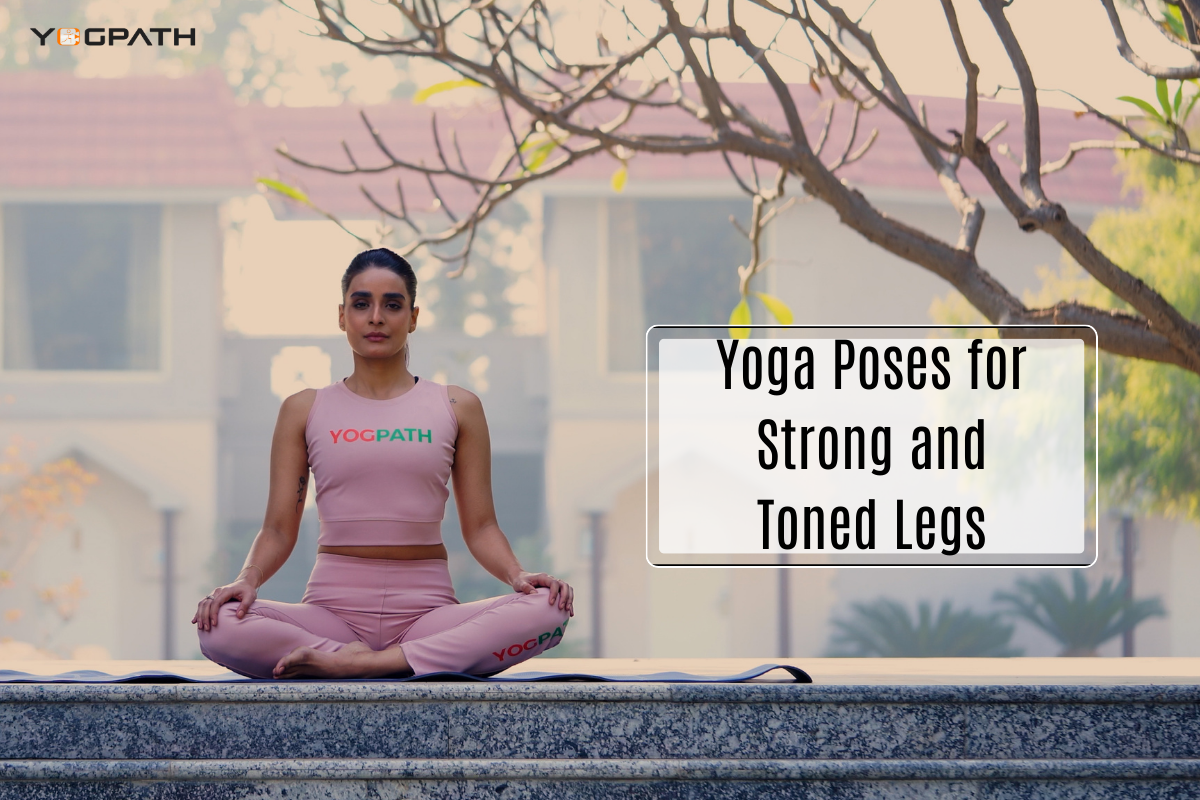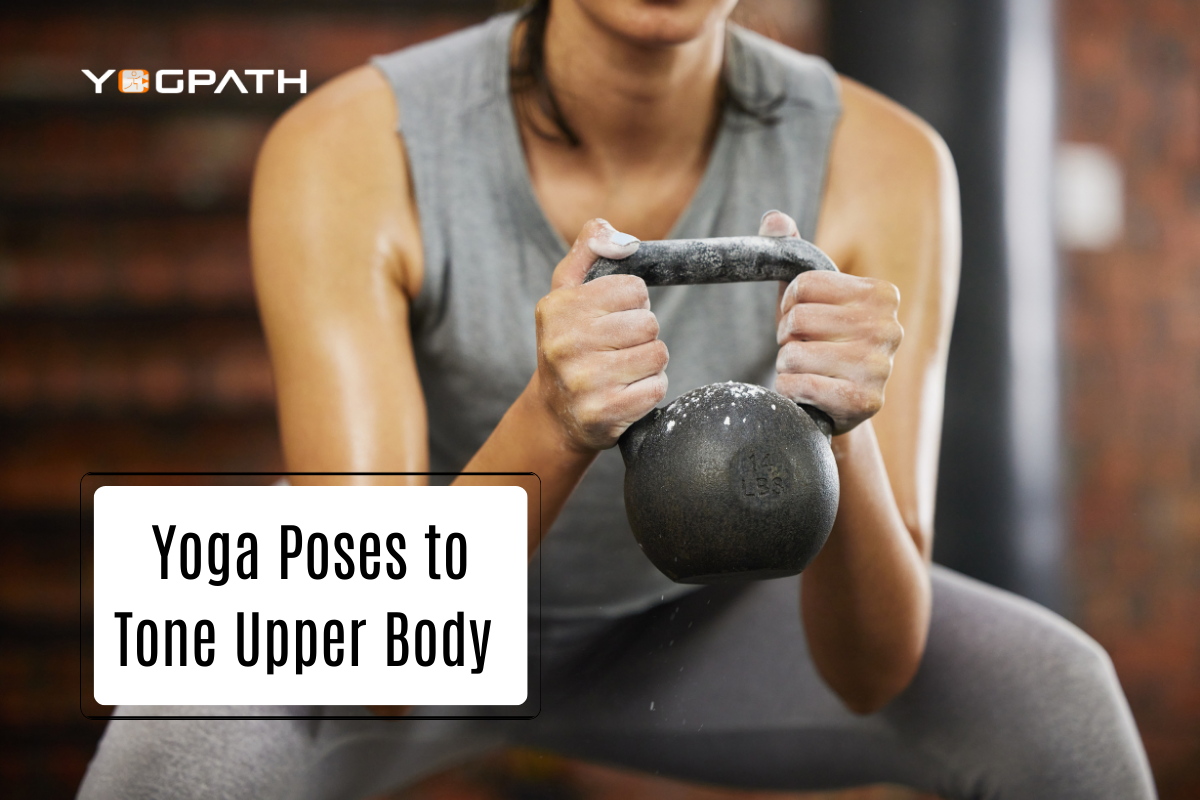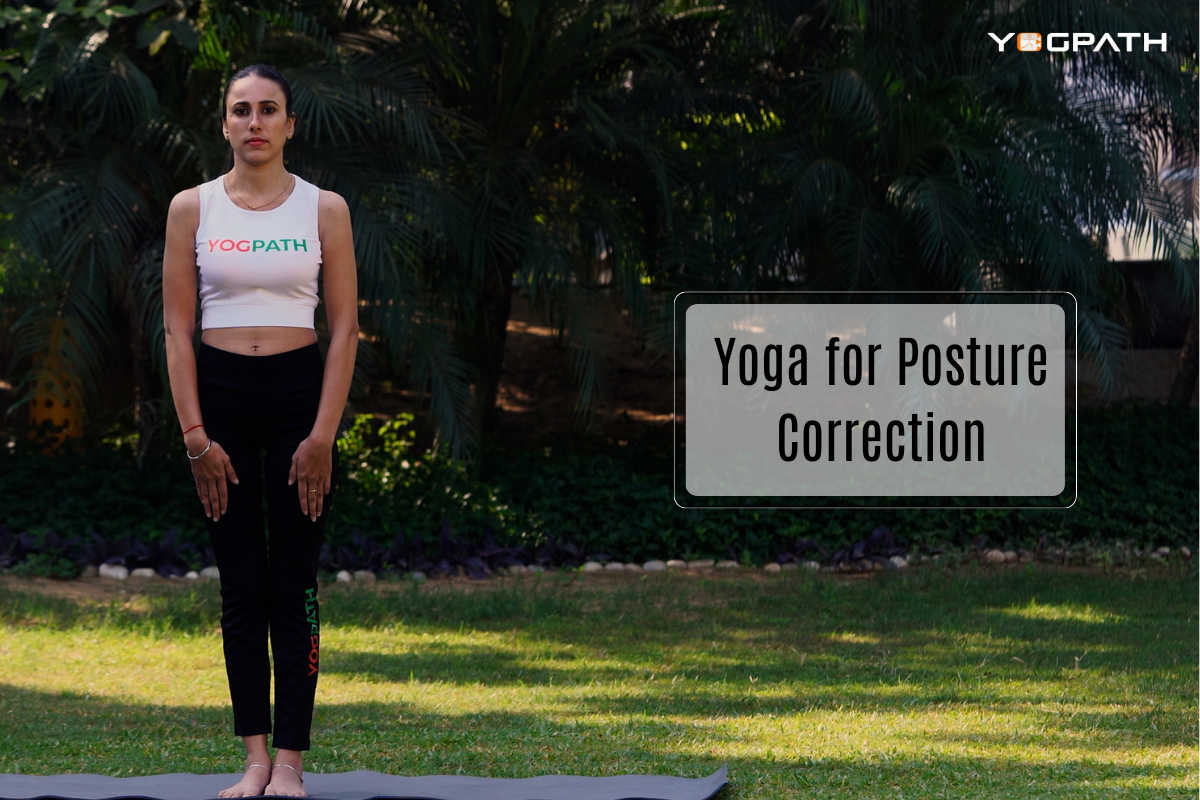
Legs Up the Wall Yoga Pose for Weight loss
If you’ve done yoga before, you know there are a lot of positions to keep straight in your head. Viparita Karani, or “Legs Up the Wall,” is a well-known yoga pose. Proponents assert that it is beneficial for a wide range of health problems. Specifically, many seek to know if this pose aids in weight loss. The Legs Up the Wall pose, its purported weight-loss benefits, and how to execute it are all discussed here.
The Legs Up the Wall pose is exactly what it sounds like: your legs are up a wall. To begin, place a folded towel at the edge of the room, where the floor meets the wall. Then, spread the towel out on the floor and lie down on it. Finally, prop your legs up against the wall so that your shins are touching the surface and your feet are perpendicular to the floor. Your “sitting bones,” or buttocks, should be a few inches from the wall, while your sacrum (tailbone) should rest on top of the towel. Your knees should be completely relaxed, and your legs should be lightly touching the wall.
Tend this posture for five to twenty minutes. If you’re not very flexible or if you’re experiencing discomfort, you can either move your hips further away from the wall or take the towel off your tailbone. If you’re sleeping on the floor or another hard surface, you might find it more comfortable to prop up your head with a pillow.
Keep your eyes closed and focus on slow, deep breathing. Diaphragmatic breathing, also known as “belly breathing,” is highly recommended by medical professionals. To do this, breathe in so deeply that your stomach expands, then breathe out.
Try this 4-second inhale, 4-second hold, and 4-second exhale technique to improve your breathing. According to the research, this type of breathing activates the parasympathetic nervous system, which leads to a state of calm.
Lie on your back with your legs propped up against a wall to achieve the Legs Up the Wall pose. Maintain this position for 5-20 minutes while breathing slowly and deeply.
Can Yoga be used to aid in weight loss?
A calorie deficit, or negative energy balance, is what a person needs to reach in order to shed extra pounds. The simplest way to lose weight is to restrict your dietary calorie intake to below what your body requires daily. Physical activity has been shown to raise basal metabolic rate and subsequent calorie needs.
Legs up the wall may help you burn a few extra calories per day, but it’s not enough to make a dent in your calorie intake overall. Power yoga and other vigorous forms of yoga, however, have been shown to aid in weight loss. More energy is expended in these forms of yoga because they encourage more muscular movement and engagement.
Daily yoga practise has been linked to a reduced likelihood of turning to unhealthy coping mechanisms like emotional eating and bingeing. Stress and anxiety might be lowered as a result. Legs Up the Wall pose is not likely to help you burn enough calories for weight loss unless you also engage in other, more intense exercises or consume fewer calories than your body requires.
The Legs Up the Wall pose won’t help you lose weight because it doesn’t require enough effort or intensity to burn enough calories. It may not help you lose weight on its own, but adding it to your regular yoga or exercise routine may.
Some additional advantages
Although it’s possible that the Legs Up the Wall pose won’t aid in weight loss, it still has many other advantages.
Provides relief
The parasympathetic nervous system (PSNS) is stimulated during yoga, and the sympathetic nervous system is calmed, making yoga an effective stress-reliever (SNS).
Rest and digest is another name for the PSNS. When functioning, the system:
- Slows down your pulse
- benefits include improved digestion, reduced muscle tension, and a more relaxed state of mind and body.
- The SNS, on the other hand, is more commonly known as the “fight or flight” system.
Adrenaline is a hormone produced by the body in response to extreme mental or physical stress. This speeds up your heart and breathing and halts any processes that aren’t absolutely necessary, like digestion.
This explains why stress and anxiety can cause your heart rate to increase, your muscles to tighten, and your stomach to turn.
Maintaining a still body and breathing slowly and deliberately is the goal of the Legs Up the Wall pose. Increased oxygen intake gives the impression to the brain that you’re in a stress-free, relaxing setting. As a result, the PSNS may be further activated.
In addition, this pose can provide a welcome diversion from the monotony of daily life.
Improves blood flow
By relieving pressure in the veins in the legs and encouraging blood to flow toward the heart, elevating your legs can help improve circulation. Lymphatic drainage and fluid buildup are two additional ways this can help with leg swelling.
When you stand or sit for a long time, the pressure on your legs increases naturally due to gravity. By inverting your legs and propping them up, you can relieve the pressure on your veins caused by gravity and improve your blood flow.
Avoid a 90-degree angle while seated, as this can cause blood flow restrictions. In order to increase the angle and improve blood flow from the legs to the heart, you should keep your tailbone a few inches away from the wall.
Aim to hold this position for 5-20 minutes per day.
Possible relief for lower back pain
The lower back is particularly vulnerable to the stresses of prolonged sitting, which can cause inflammation, muscle spasms, and chronic pain if left untreated.
Legs up the wall poses can help relieve lower back pain by taking pressure off of the spine.
Alternative Arguments
Legs up the wall is a common yoga posture, and its proponents claim it can alleviate a variety of health problems, including headaches, menstrual cramps, insomnia, and chronic fatigue.
Although studies on the effects of this pose on alertness and energy levels are lacking, holding it regularly may help improve blood flow, resulting in a more energised and alert feeling. You may also find that you sleep better and experience fewer headaches if you take steps to reduce your stress.
Stress, circulation, and back pain could all benefit from regular practise of this posture. But more study into the effects of this stance is needed.
Disadvantages and possible risks
It’s possible that not everyone would benefit from the Legs Up the Wall pose, despite its many possible uses.
Reduced blood flow to the legs and feet, known as “pins and needles,” is a common adverse reaction to this pose.
Additionally, some people experience facial redness and pressure. Any of these are signs that you should break from the pose and slowly rise to a seated position.
Those who have:
Cardiovascular disease caused by hypertension
symptoms of glaucoma, chronic leg swelling, neck or back trauma, and a hernia
Last but not least, it’s possible for a pregnant person’s pelvic area to feel extra pressure in the latter stages of pregnancy. This pose should be avoided by those who have hypertension or preeclampsia.
Talk to your doctor before beginning a new yoga or exercise programme to make sure it’s appropriate for your needs.
A person who is pregnant or who has certain medical conditions, such as high blood pressure or glaucoma, should talk to their doctor before attempting this pose.
As a result,
The Legs Up the Wall pose is simple to execute and may provide a number of health benefits.
Taking a few minutes out of your day to stretch and put less strain on your lower back could help you feel better overall.
The low intensity of this pose makes it unlikely that it will aid in weight loss.
While regular exercise is beneficial for everyone, those with preexisting conditions or who are pregnant should discuss their exercise plans with their doctor.
This is a great pose to try out if you’re trying to find ways to unwind during the workday.


